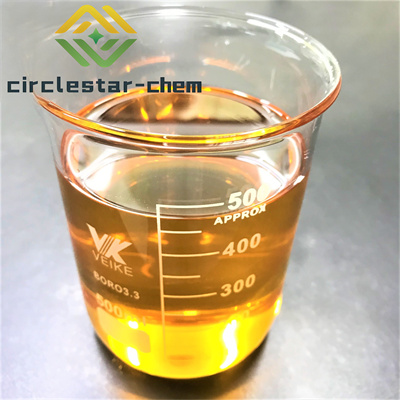
CAS 60-33-3 Linoleic acid
Product Name: Linoleic acid
Synonyms: (Z,Z)-Octadeca-9, 12-dienoic acid;12-Octadecadienoicacid(Z,Z)-9;9,12-Linoleic acid;cis-9,cis-12-Octadecadienoic acid (Z,Z)-9,12-Octadecadienoic acid Linolic acid;(z)-12-octadecadienoicacid;Linoleic acid (18:2), ultrapure;9,12-linoleicacid;9,12-Octadecadienoicacid(Z,Z)-
CAS: 60-33-3
MF: C18H32O2
MW: 280.45
EINECS: 200-470-9
Price on request
REQUEST NOWProduct Introduction:
Description Linoleic acid is an essential ω-6 polyunsaturated fatty acid (PUFA). It is the most abundant PUFA in a variety of foods, and dietary sources of linoleic acid include vegetable oils, meats, nuts, seeds, and eggs. Linoleic acid (30 μM) increases migration of IEC-6 rat intestinal epithelial cells in a wound healing assay. Rats fed a linoleate-deficient diet exhibit decreased body weight and an increased ratio of eicosatrienoate to arachidonate in liver and serum phospholipids compared with rats fed a control diet, as well as mild scaling of forepaw skin.
Uses linoleic acid (vitamin F) is also known as omega-6. An emulsifier, it is also cleansing, emollient, and skin conditioning. Some formulations incorporate it as a surfactant. Linoleic acid prevents dryness and roughness. A deficiency of linoleic acid in the skin is associated with symptoms similar to those characterizing eczema, psoriasis, and a generally poor skin condition. In numerous laboratory studies where a linoleic acid deficiency was induced, a topical application of linoleic acid in its free or esterified form quickly reversed this condition. In addition, there is some evidence in laboratory tests that linoleic acid may inhibit melanin production by decreasing tyrosinase activity and suppressing melanin polymer formation within melanosomes. Linoleic acid is an essential fatty acid found in a variety of plant oils, including soybean and sunflower.
Uses Linoleic acid(cis-9, cis-12-octadecadienoic acid), an essential fatty acid, can act as a radioprotective agent of BM while being toxic to certain tumor cells.
Uses Unsaturated μ-6 fatty acid Linoleic acid is involved in the production of quick-drying oils which are used in oil paints and varnishes. It is also used in beauty products due to its beneficial properties on the skin such as moisture retention. It is a key starting material for the synthesis of linoleyl alcohol and octadecanoic acid. It is used as a precursor of arachidonic acid (AA) and various prostaglandins. It may be used to improve the delivery and efficacy of anti-cancer drugs and in cancer protection.
Related products